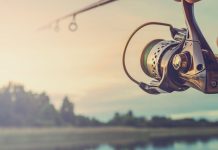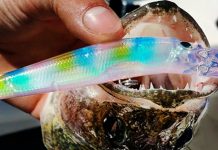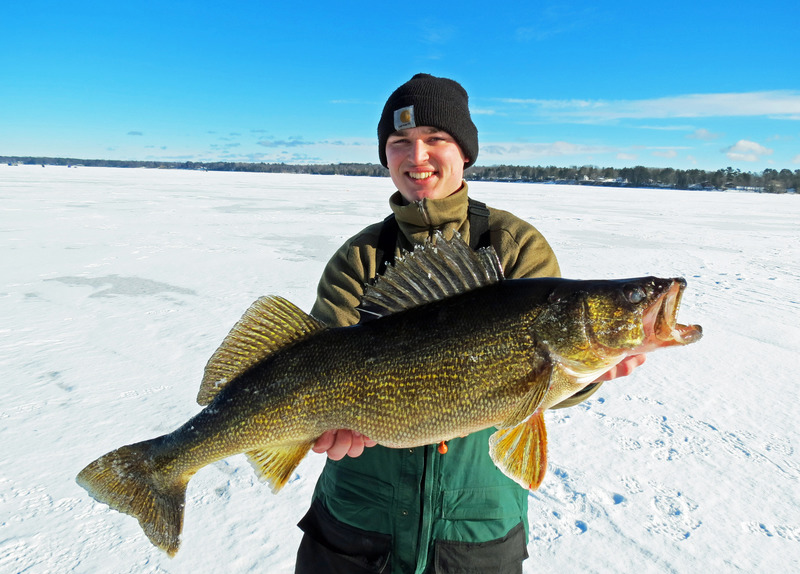Most people have probably never even heard of lead core. No, it’s not a new genre of death metal, nor is it a new type of ammunition. Lead core is an old-school trick that is vastly underutilized in this day and age, but can produce when the going gets tough. So, let’s get into why fishing with lead core should be something to keep in your back pocket!
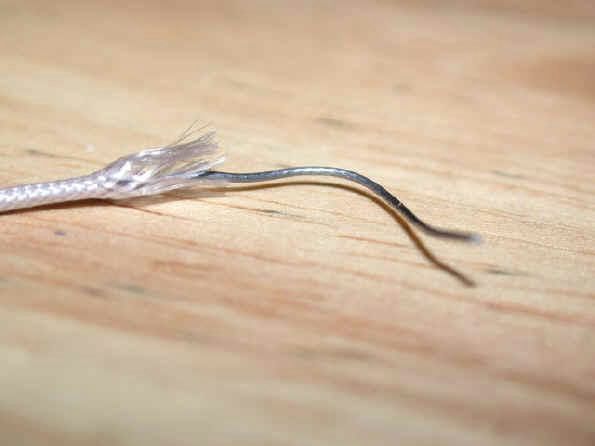 The main idea behind using lead core line is to let the line itself sink, enabling whatever lure you are trolling with to reach a deeper depth than it could dive on its own using monofilament or braided lines. This technique is great for fishing super deep water (30 feet or more), and is super useful in getting small lures, especially really buoyant lures down to the fish.
The main idea behind using lead core line is to let the line itself sink, enabling whatever lure you are trolling with to reach a deeper depth than it could dive on its own using monofilament or braided lines. This technique is great for fishing super deep water (30 feet or more), and is super useful in getting small lures, especially really buoyant lures down to the fish.
Lead core fishing line is just that: line with a lead core. Generally it is some type of braid with a thin strip of lead wire running down the center. Most come in 18 and 36 lb. test and are segmented into different “colors” which are each 10 yards long to help make determining the amount of line you let out a little easier. Since it is kind of a specialty line there aren’t too many companies who make it. I have found pretty much all lead core you can buy at the store to work just fine, however, I do really like the Suffix Performance version.
For my lead core set ups, I prefer a large capacity line counter reel like the Abu Garcia
Alphamar Linecounter. I usually only spool about 50 yards (or 5 colors) on each reel, leaving plenty of room for a lot of backing. I generally use 12lb Berkley XT to fill half the spool, then tie on the lead core and spool on my 5 colors. 50 yards should be plenty of lead core to get you down. A nice long medium power rod like the Fenwick Eagle 8’6” telescopic trolling rod is perfect for this setup. You really want a rod that has a nice backbone for fighting fish, yet has a soft enough tip section that you won’t rip the lure out of the fish’s mouth when you hook up.
Lead core line itself is far too large in diameter to tie directly to any lure you would want to
troll, so the best thing to do is to attach about a 15 foot long section of 10lb monofilament or fluorocarbon line with the smallest barrel swivel you can find to the business end of the lead core. Eagle Claw makes some awesome little swivels (size 18 to 16) that work super well for this. The swivel needs to be small enough to fit through the line guide of your reel. In order to actually tie a knot with the lead core, you will have to remove about a 5 inch section of lead from the inside of the line. To do this, simply bend the line back and forth in the same spot until you feel the lead break. Then just slide it out and you have a nice section of regular braided line to tie your knots with. I then tie on a small snap on the end of the leader to make swapping lures quick and easy!
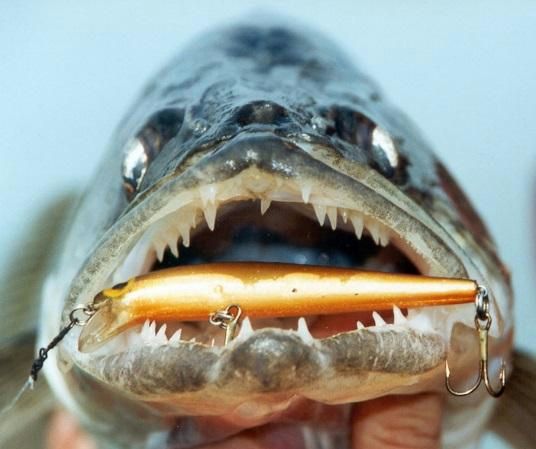 As I mentioned before, this technique is absolutely killer with small, buoyant lures such as
As I mentioned before, this technique is absolutely killer with small, buoyant lures such as
Original Floating Rapalas, Salmo Hornets, Berkley Flicker Shads, and pretty much any small
crankbait that you want to get down deep. Sometimes when the fish just aren’t in a feeding
mood, especially in the spring and fall transitional stages, dragging a small profile lure in front of them can be absolutely killer. Generally I flat line my lead core rods with 2 straight out of the back of the boat and 2 at 90 degrees pointed straight out from the side of the boat. This should provide just enough spread between the lines. The two straight out of the back of the boat are usually my deeper running lines, while the two out the sides are set a little more shallow to avoid tangling. Also, if you find that you need to get even deeper but you are running out of lead core on the spool, go ahead and let it all out, even some backing if you need to in order to get down far enough.
 Another effective way to run lead core rods is to stagger them along a break. One of my most favorite places to pull lead core, especially in the fall is on Lake Wisconsin. Lake Wisconsin is simply a damned up section of the Wisconsin River, and therefore still has the original river channel present towards the up current end of the lake. Following the break lines and staggering my baits from shallow to deep all the way across the boat is an excellent way to target a specific area along the break and can produce a lot of strikes. It’s simply a matter of good boat control and keeping a close eye on your rod tips for strikes.
Another effective way to run lead core rods is to stagger them along a break. One of my most favorite places to pull lead core, especially in the fall is on Lake Wisconsin. Lake Wisconsin is simply a damned up section of the Wisconsin River, and therefore still has the original river channel present towards the up current end of the lake. Following the break lines and staggering my baits from shallow to deep all the way across the boat is an excellent way to target a specific area along the break and can produce a lot of strikes. It’s simply a matter of good boat control and keeping a close eye on your rod tips for strikes.
If you don’t feel comfortable running lines that close together, you can opt for longer rods to put out the side of the boat (10-14 footers), or you could even snap on a couple of Offshore Tackle OR12 planer boards to get your lines a little further apart. If you do plan on doing a lot of trolling with planer boards and lead core, I would recommend switching your front clip to the OR18 Snapper Adjustable Tension Release as they have a little better bite, especially on braided line.
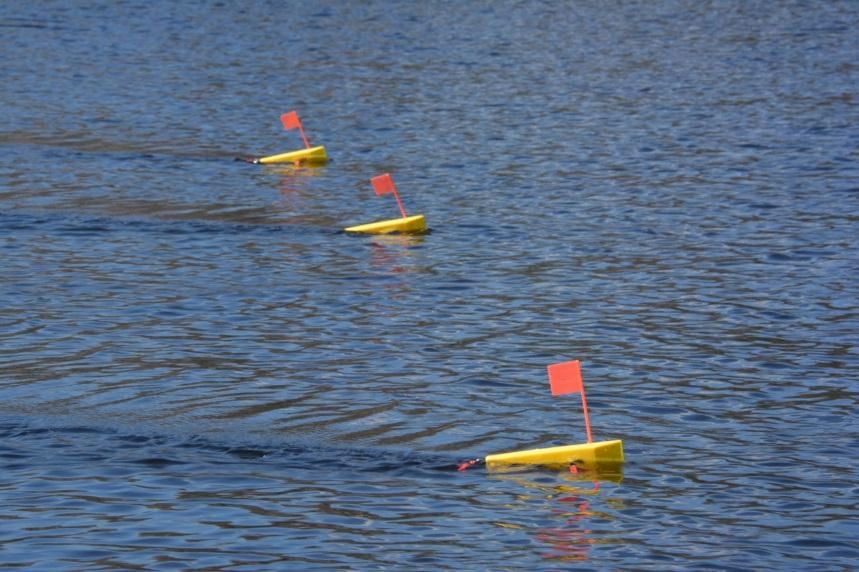 Trolling with lead core can be very effective in a number of situations, and pulling tiny crank baits is one of my go-to presentations for when the bite gets tough. Although the line can be just a little on the pricey side (not too much more than conventional braid), overall this isn’t a super expensive thing to get into. As I mentioned before this is something that I like to do in the spring and fall, however, this technique can excel in the dog days of summer when fish move out to deeper flats and structure and conventional trolling techniques don’t seem to get them going. So, if you are looking for something new to try, or something to save for a rainy day, give trolling small crankbaits behind lead core a shot!
Trolling with lead core can be very effective in a number of situations, and pulling tiny crank baits is one of my go-to presentations for when the bite gets tough. Although the line can be just a little on the pricey side (not too much more than conventional braid), overall this isn’t a super expensive thing to get into. As I mentioned before this is something that I like to do in the spring and fall, however, this technique can excel in the dog days of summer when fish move out to deeper flats and structure and conventional trolling techniques don’t seem to get them going. So, if you are looking for something new to try, or something to save for a rainy day, give trolling small crankbaits behind lead core a shot!


